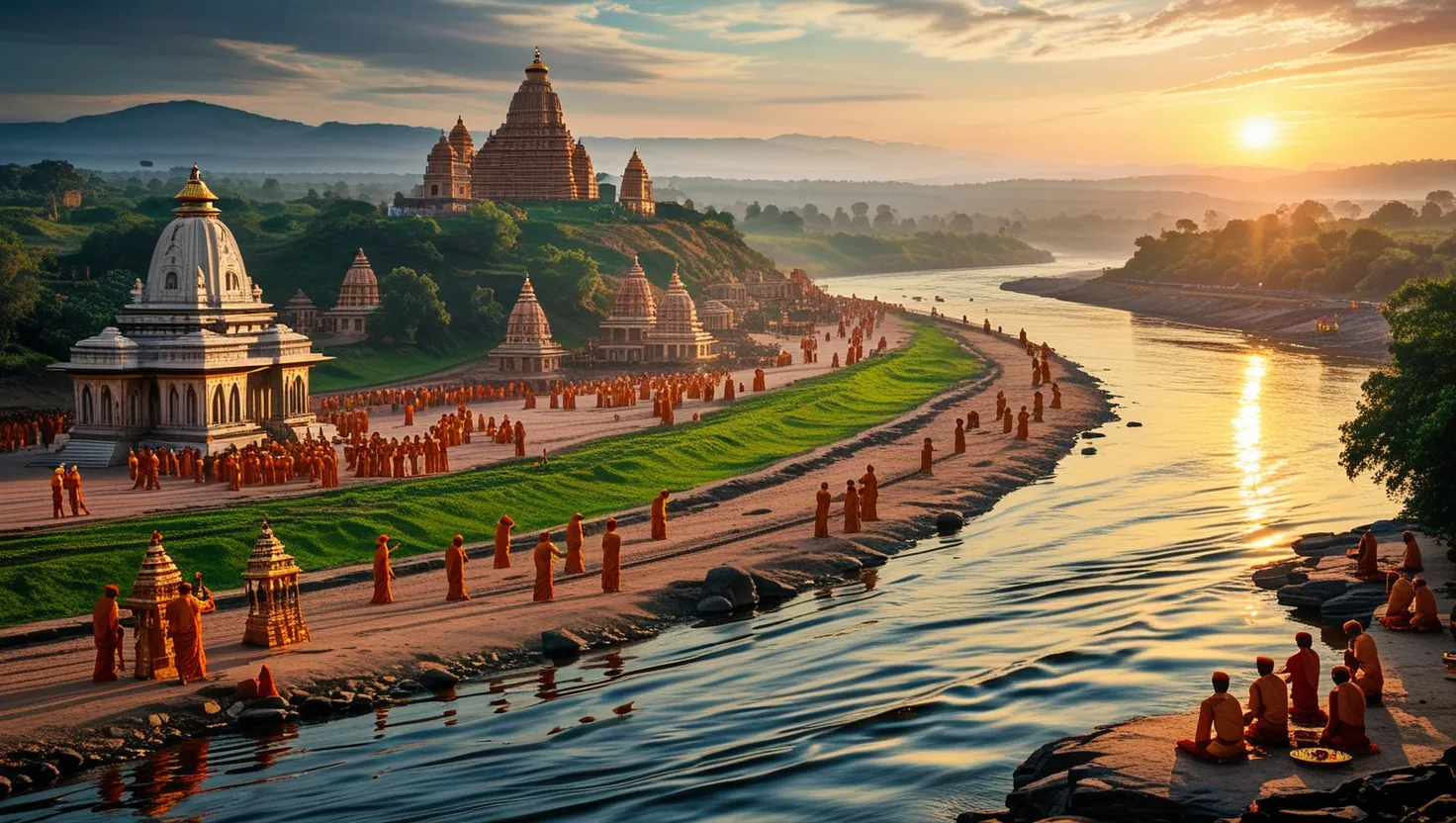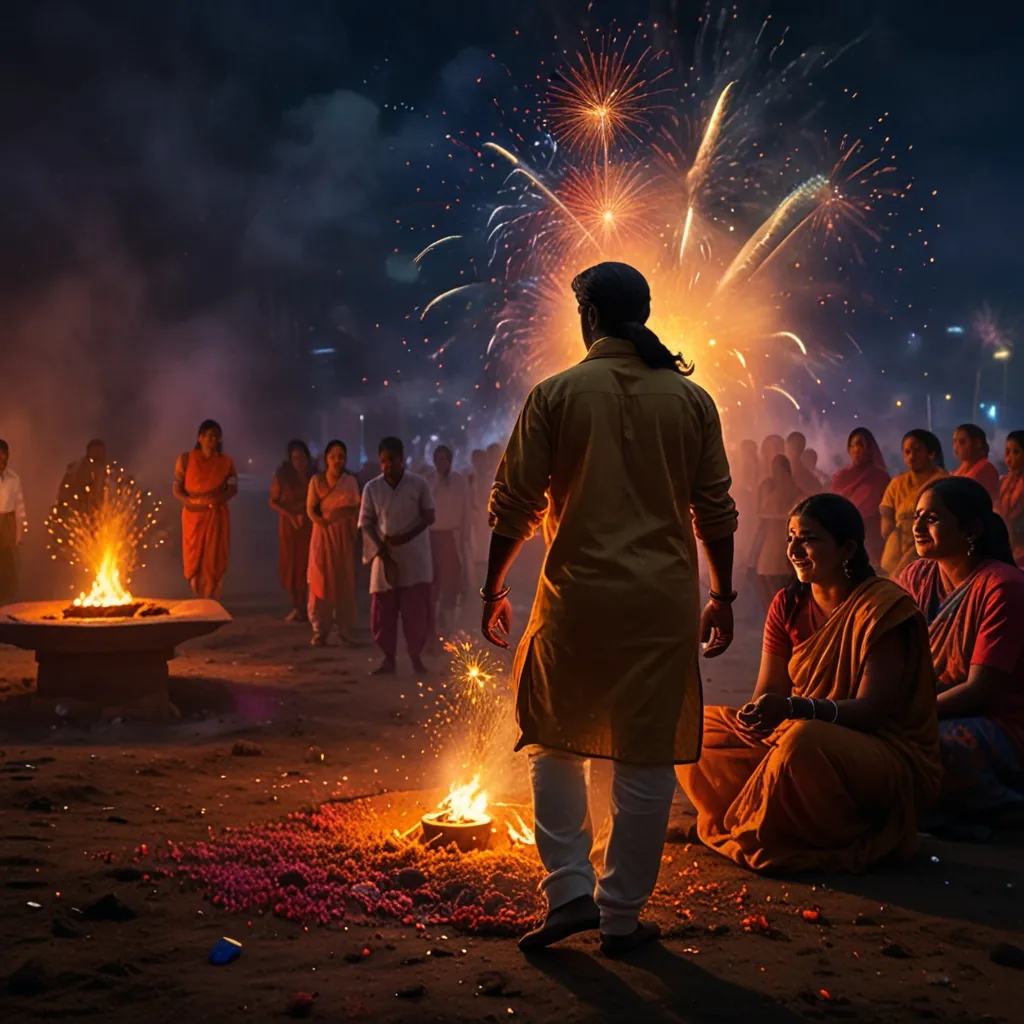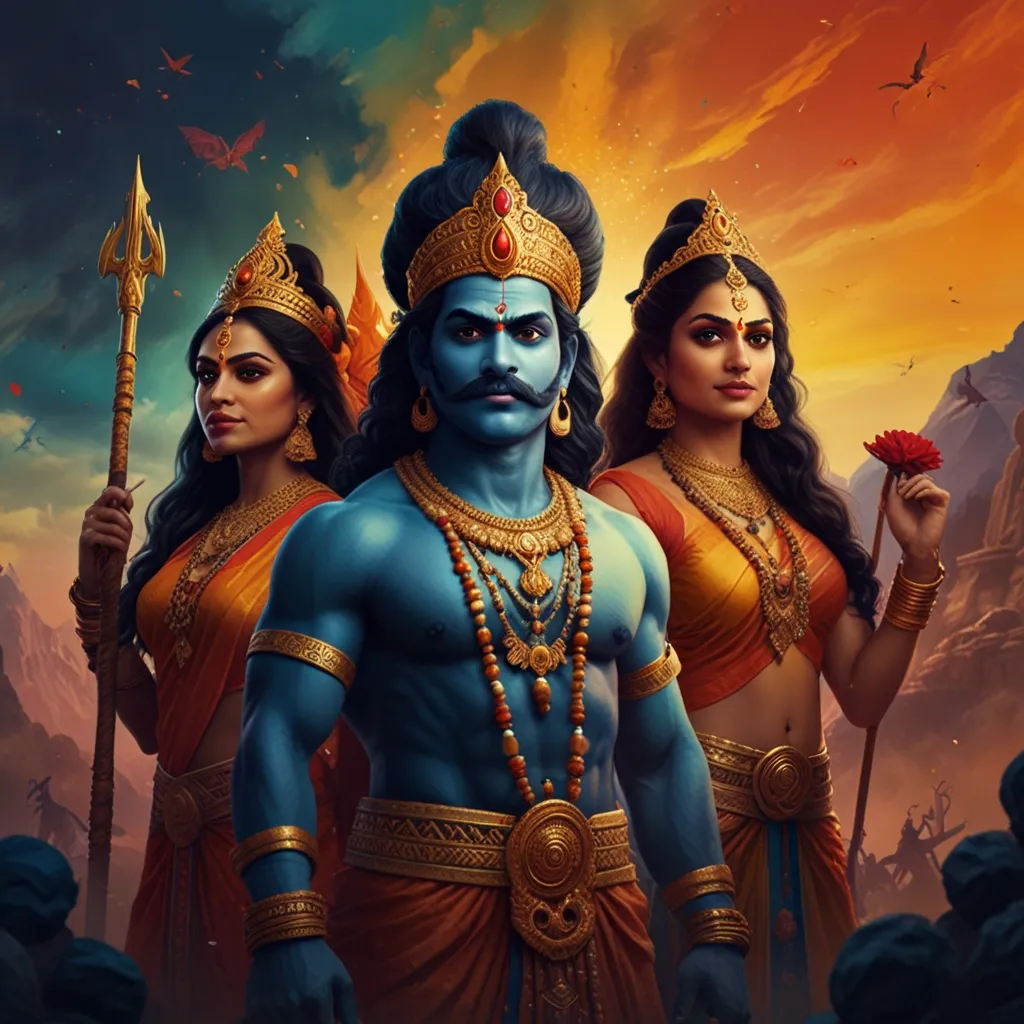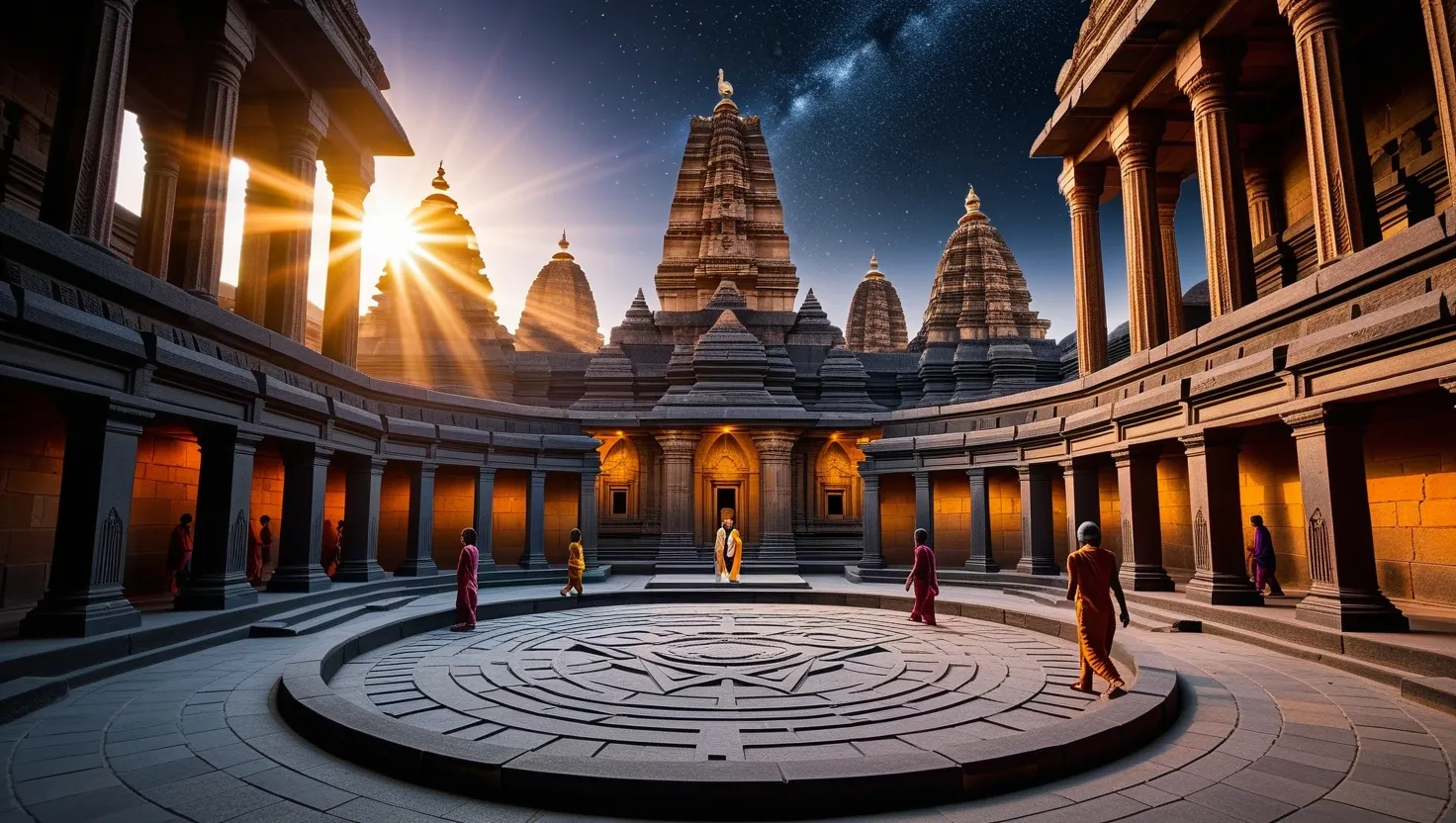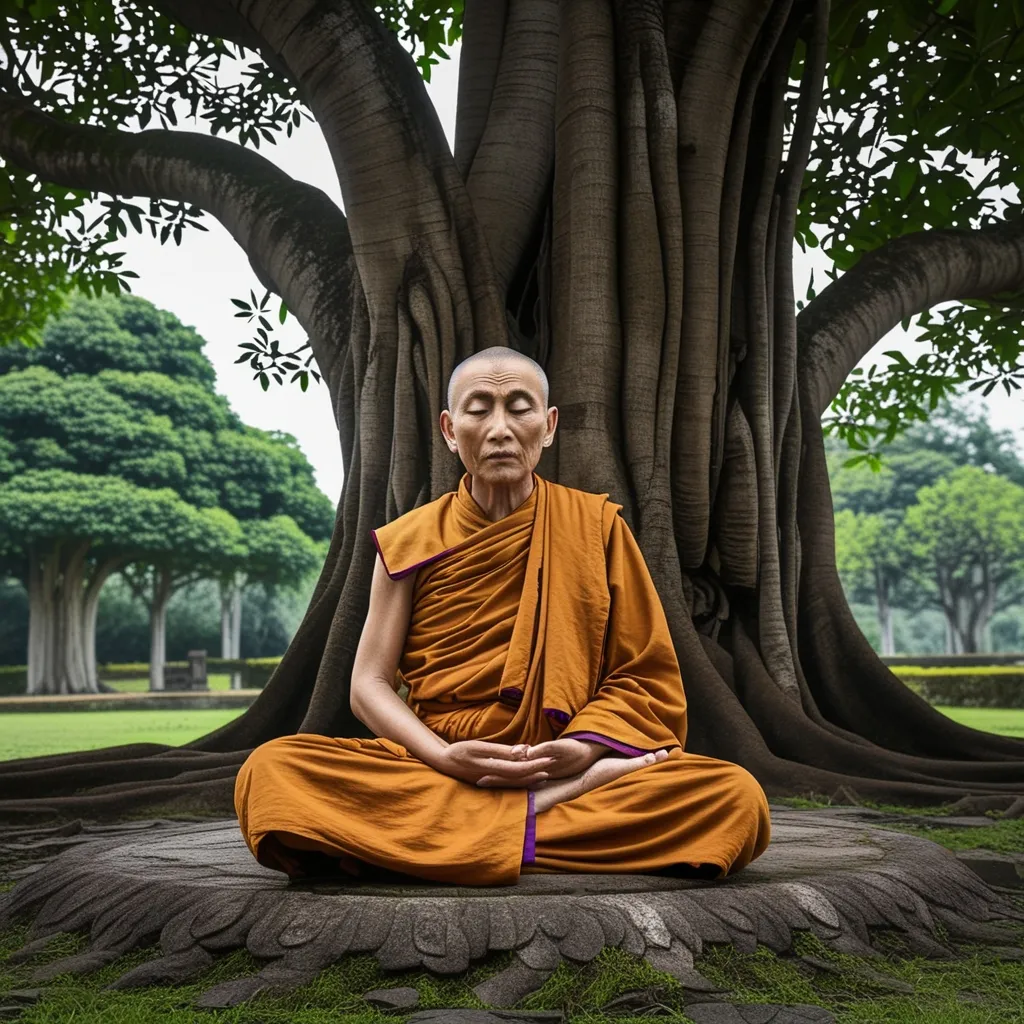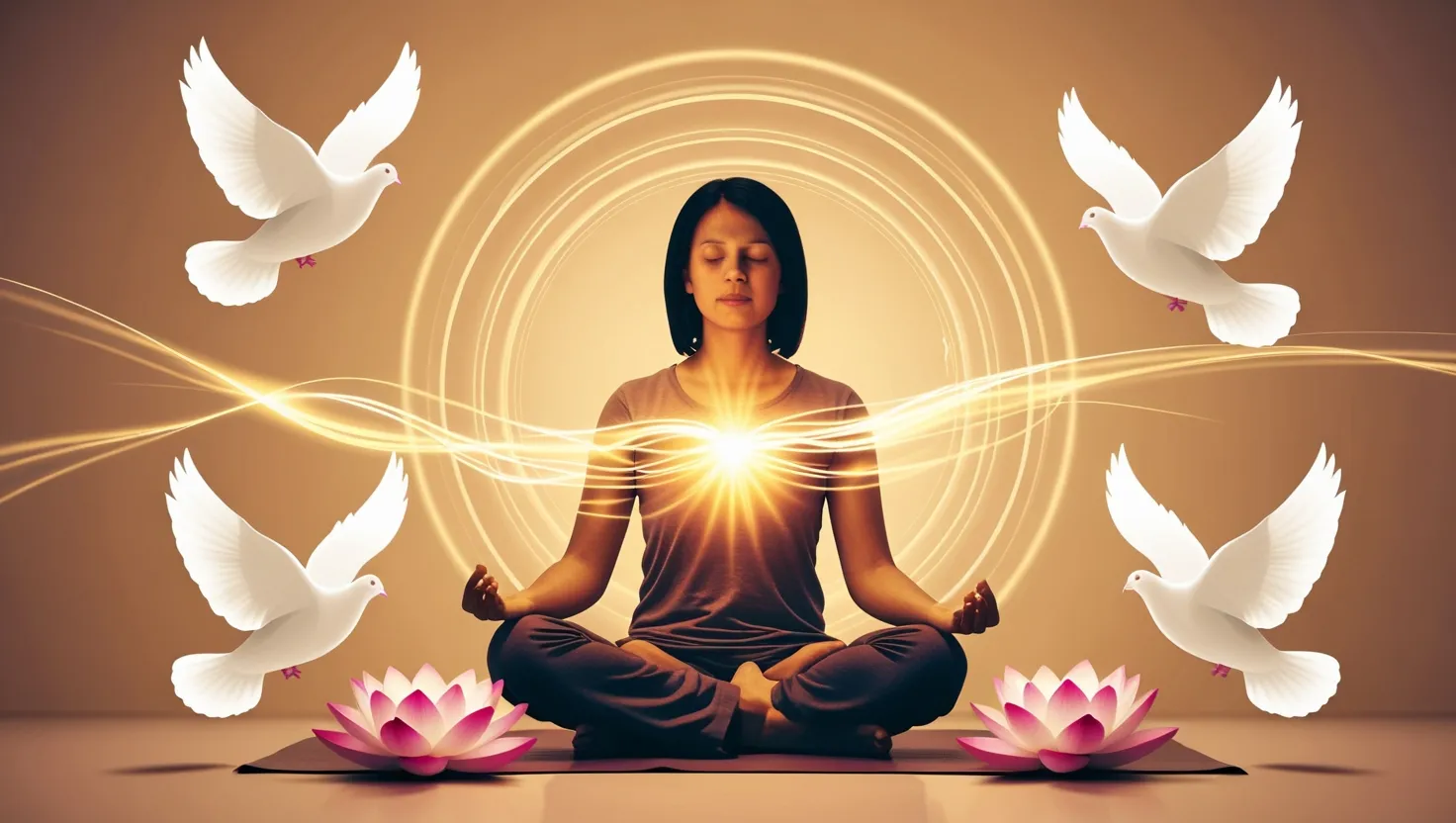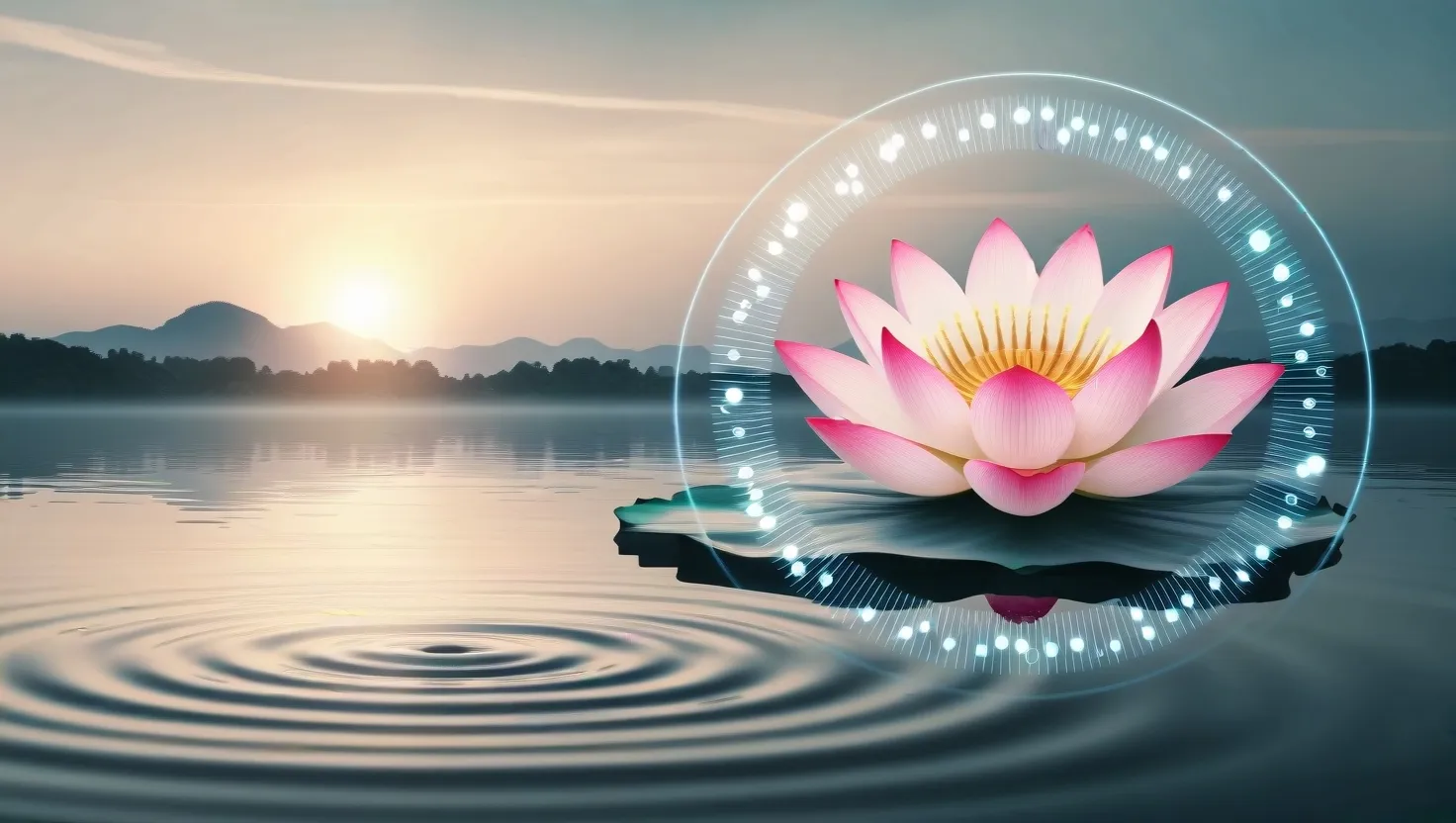If you trace your finger along a map of India, you’ll find a network of rivers that weave through its landscape like shimmering threads. But to merely see them as blue lines on a page is to overlook their true depth. In Hinduism, rivers are not just waterways; they are sacred lifelines, goddesses, and witnesses to history. Our civilization grew cradled by their banks, drawing sustenance—not just for the body, but also for the soul.
Let’s start with the Ganges, or as she is reverently called, Ganga Mata. There’s a familiar phrase in India: “To die in Kashi and have your ashes scattered in the Ganga is to attain release from the cycle of rebirth.” But what does this mean for millions who undertake the journey every year, sometimes traveling hundreds of miles? Ganga is believed to have flowed from the heavens to earth, threading her way through Shiva’s tangled hair before tumbling down to nourish the northern plains. She’s at once nurturing and severe, accepting the detritus of human life even as she’s revered for her purifying powers. It’s a paradox—her waters can be physically polluted, yet they remain spiritually pristine. How does a river hold such complexity, and why do people continue to trust in her transformative energy regardless of science or circumstance?
“Thousands have lived without love, not one without water.” — W. H. Auden
The act of bathing in the Ganges is not just about washing away physical grime; it’s a ritual of cleansing memory, regret, and sorrow. It’s a chance to carry hope home in a copper vessel or bottled up in the folds of a sari. The Ganges, for all her fame, is only one of seven rivers considered especially sacred. Each has etched its own chapter in the story of Hindu civilization.
Flowing parallel to the Ganges for some distance is the Yamuna. Her mystique is inseparable from the leelas, or playful exploits, of Krishna. Picture a young Krishna stealing butter, playing the flute, and dancing with the gopis on her moonlit banks. For many, Yamuna is Krishna’s beloved, her dark waters mirroring his own blue skin. Every spring, the festival of Holi bursts into color on her shores, a living canvas of devotion and myth. The cultural memory woven into Yamuna’s tides is so strong that even as the river faces ecological threats, people still gather to celebrate, mourn, and pray.
Have you ever asked yourself what it means for a river to be both a reality and a legend? Consider the Saraswati. Today, you won’t find her on any map. Saraswati is believed to have vanished underground or perhaps shifted courses centuries ago. Yet in rituals, we summon her presence alongside the Ganges and Yamuna. Saraswati isn’t merely a lost river; she is invoked as the embodiment of knowledge, creativity, and mystery. What do we make of a people who honor a river they cannot see? It suggests a culture that recognizes the unseen currents beneath visible reality—that values silence as much as speech, hidden wisdom as much as revealed truth.
“To the attentive eye, each moment of the year has its own beauty, and in the same field, it beholds every hour, a picture which was never seen before, and which shall never be seen again.” — Ralph Waldo Emerson
Let’s travel south, where other rivers tell their own stories—sometimes eclipsed by the fame of their northern sisters, yet crucial to regional identity. The Narmada, running from central India to the Arabian Sea, is one such river. It’s considered so pure that tradition holds you need not travel to Ganga if you have walked Narmada’s banks. Pilgrims undertake a parikrama, a full circumambulation of the river—an odyssey spanning over 2,600 kilometers. Why would someone embark on such a daunting journey? It’s less about reaching a destination and more about transformation through movement, about letting the river reshape your inner landscape as you follow its bends and turns.
In the Deccan plateau, the Godavari flows wide and generous. Her myth runs deep; sages and poets have described her as the “Ganga of the South.” Legends connect her to acts of penance, redemption, and cosmic intervention. The river has witnessed epic tales—like the exile of Lord Rama and Sita, who are said to have lived on her banks. Today, her water is sprinkled in rituals across Maharashtra, Telangana, and Andhra Pradesh, each region weaving its own tradition into her flow.
Godavari is also a practical lifeline, irrigating fields and filling granaries. She’s honored with a Kumbh Mela of her own, a gathering where spiritual seekers converge in numbers almost rivaling those at the Ganges. Here, the festival is not only a religious act but also a celebration of shared identity. It’s remarkable how rivers ground communities, generating cohesion where there might otherwise be little but difference.
“Rivers know this: there is no hurry. We shall get there someday.” — A. A. Milne
The Kaveri, revered in southern India, winds gracefully through Tamil Nadu and Karnataka. She’s associated with tales of King Mandhata and the goddess Kaveri herself. In some stories, she is a sage’s daughter who transforms into a river, nourishing kingdoms and inspiring poetry. How often do we think of water as a bridge between myth and agriculture, or as a mother to entire cultures? Kaveri’s annual floods support rice paddies and coconut groves, making her presence tangible in every meal.
It’s easy to overlook the way these rivers have become living metaphors. Hindu hymns and prayers describe them as mothers, sisters, even brides—suggesting relationships as much emotional as practical. How does this affect the way people relate to their environment? Rivers in India are not just resources but beings to be cared for, mourned, and celebrated. When rivers dry up or are polluted, it’s experienced as a calamity akin to personal loss.
Rivers are also sites of transition. In Hindu cosmology, a tīrtha is a place where the mundane and the sacred meet—a crossing point between worlds. Riverbanks are the original tīrthas. Here, rituals mark every stage of life: births, marriages, deaths, and prayers for ancestors. You might wonder, why not perform these ceremonies anywhere? The answer is subtle: proximity to the river is believed to dissolve boundaries—between people and gods, body and spirit, past and future.
“Eventually, all things merge into one, and a river runs through it.” — Norman Maclean
Rivers also serve as keepers of memory. Along their courses, one finds ancient cities, ruins, and temples. Varanasi, the city of light, rises like a palimpsest above the Ganga, layers of faith and tradition pressed into every stone. At Prayag—the confluence of Ganges, Yamuna, and the invisible Saraswati—pilgrims gather for the Kumbh Mela, one of humanity’s largest gatherings. The festival’s grandeur is matched only by its symbolism: the merging of rivers stands for the fusion of energies, ideas, and destinies. Here, sadhus (holy men) dip into the waters, crowds chant Vedic hymns, and for an instant, the line between the earthly and the cosmic seems to blur.
But river worship isn’t frozen in time. As cities expand and pollution rises, the relationship between people and rivers faces new tests. The spiritual reverence remains, yet there’s growing recognition of the need for preservation, even activism. I often ask myself, can the old stories inspire new stewardship? Rituals that once reaffirmed respect for nature are finding renewed purpose as calls for conservation. The river goddess tradition, at its root, is an invitation to honor the web of life.
This points to something unique about Hinduism: it doesn’t merely add a spiritual gloss to the natural world—it places the natural world at the heart of the sacred. Rivers aren’t backdrops to religious life; they are central actors. The agricultural calendar, village festivals, and even personal milestones flow in rhythm with their tides. We inherit not only rituals, but also an ethos: water is life, and all life is interconnected.
“Water is the driving force of all nature.” — Leonardo da Vinci
What might happen if we began to see all rivers this way, not just those in India? What would it mean to treat every waterway as a bearer of memory, potential, and grace? Perhaps the real lesson from the sacred rivers of Hinduism is this: faith can deepen our care for the world, binding us to the land and each other.
As I reflect on what it means to dip a hand in the Ganges, or to gaze out over the mist rising from the Godavari at dawn, I sense that these rivers hold the pulse of a civilization. Their waters tell stories old as time, yet ever renewed by each generation that recalls their significance. In honoring them, people affirm the miracle of continuity—of human hope flowing, like a river, from source to sea.
